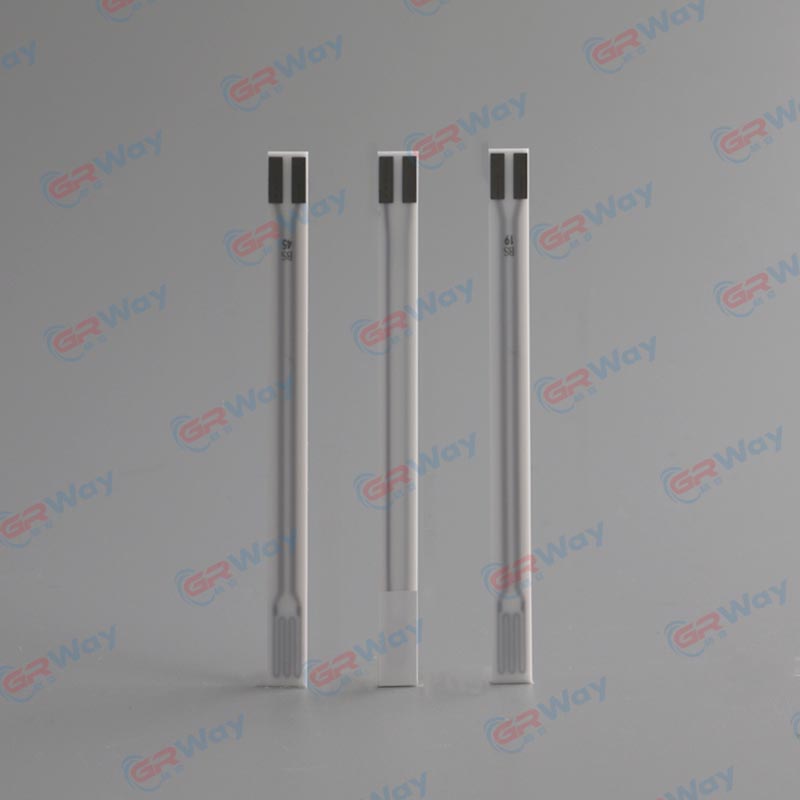What Role Does the Oxygen Sensor Heating Element Play in a Car Engine?
2025-05-16
The Oxygen Sensor Heating Element, an indispensable component in a car engine, has become increasingly important with the increasingly stringent environmental regulations and the widespread use of electronic fuel injection engines. It not only has a direct impact on the performance and emissions of the car engine, but is also the only "intelligent" sensor in the electronic fuel injection system.
During driving, sometimes we will find that an icon suddenly lights up on the car engine dashboard, which looks like an engine with an exclamation mark. Friends who are familiar with cars know that this is the engine self-test fault light. When the car is started, if this fault light continues to light up, it is likely that a part of the engine has a problem.

The engine fault light is often related to the engine Oxygen Sensor Heating Element. For vehicles that have been used for a long time, the continuous lighting of this fault light is often related to problems with the engine oxygen sensor. Next, we will take a closer look at this oxygen sensor that is closely connected to the car engine.
By detecting the oxygen concentration in the exhaust gas and sending feedback signals to the ECU, the Oxygen Sensor Heating Element helps the ECU determine the air-fuel ratio, thereby accurately controlling the injection time. At the same time, it can also compensate for the air-fuel ratio error caused by mechanical wear and ensure that the combustion efficiency and exhaust emissions meet the standards.
The working principle of the Oxygen Sensor Heating Element, a key component in the automobile engine, is based on the Nernst principle. Its core part is a porous ZrO2 ceramic tube, which serves as a solid electrolyte and has porous platinum (Pt) electrodes sintered on both sides. Under certain temperature conditions, due to the difference in oxygen concentration on both sides, the oxygen molecules on the high-concentration side will combine with electrons on the platinum electrode to form oxygen ions O2-, making the electrode positively charged. These O2- ions then migrate to the low-oxygen concentration side, that is, the exhaust gas side, through the oxygen ion vacancies in the electrolyte, making the electrode negatively charged, thereby generating a potential difference. Moreover, the greater the concentration difference, the greater the potential difference.
In actual applications, the oxygen content in the atmosphere is about 21%. The exhaust gas produced by burning a rich mixture contains almost no oxygen, while the exhaust gas produced by burning a lean mixture or due to misfire contains more oxygen, but the oxygen content in these exhaust gases is still lower than the oxygen content in the atmosphere. Under the catalytic action of high temperature and platinum, negatively charged oxygen ions are adsorbed on the inner and outer surfaces of the zirconium oxide sleeve. Since there is more oxygen in the atmosphere than in the exhaust gas, the side of the sleeve that is connected to the atmosphere will adsorb more negative ions, resulting in an ion concentration difference on both sides, which in turn generates an electromotive force.
When the oxygen concentration on the exhaust side of the sleeve is low, a high voltage signal (0.6~1V) is generated between the electrodes, and this signal is sent to the ECU for amplification. The ECU will judge it as a rich mixture based on this high voltage signal, while a low voltage signal represents a lean mixture. Based on the voltage signal of the oxygen sensor, the computer will try its best to maintain the theoretical optimal air-fuel ratio of 14.7:1, and adjust it by diluting or enriching the mixture.
Therefore, the Oxygen Sensor Heating Element is a key component of electronically controlled fuel metering. It needs to be in a high temperature environment (the end temperature reaches more than 300°C) to fully exert its characteristics and output voltage signals. At about 800°C, the oxygen sensor is most sensitive to changes in the mixed gas, and at low temperatures, its characteristics will change significantly.
In addition to automobile engines, Oxygen Sensor Heating Element is also widely used in various furnaces, such as coal combustion, oil combustion, gas combustion, etc. With its simple structure, rapid response, easy maintenance and accurate use, it has become an ideal choice for combustion gas composition measurement, which helps to improve product quality, shorten production cycles and save energy. It plays an important role in many industries such as petroleum, chemical, coal, metallurgy, papermaking, fire protection, municipal administration and gas emission monitoring.



























